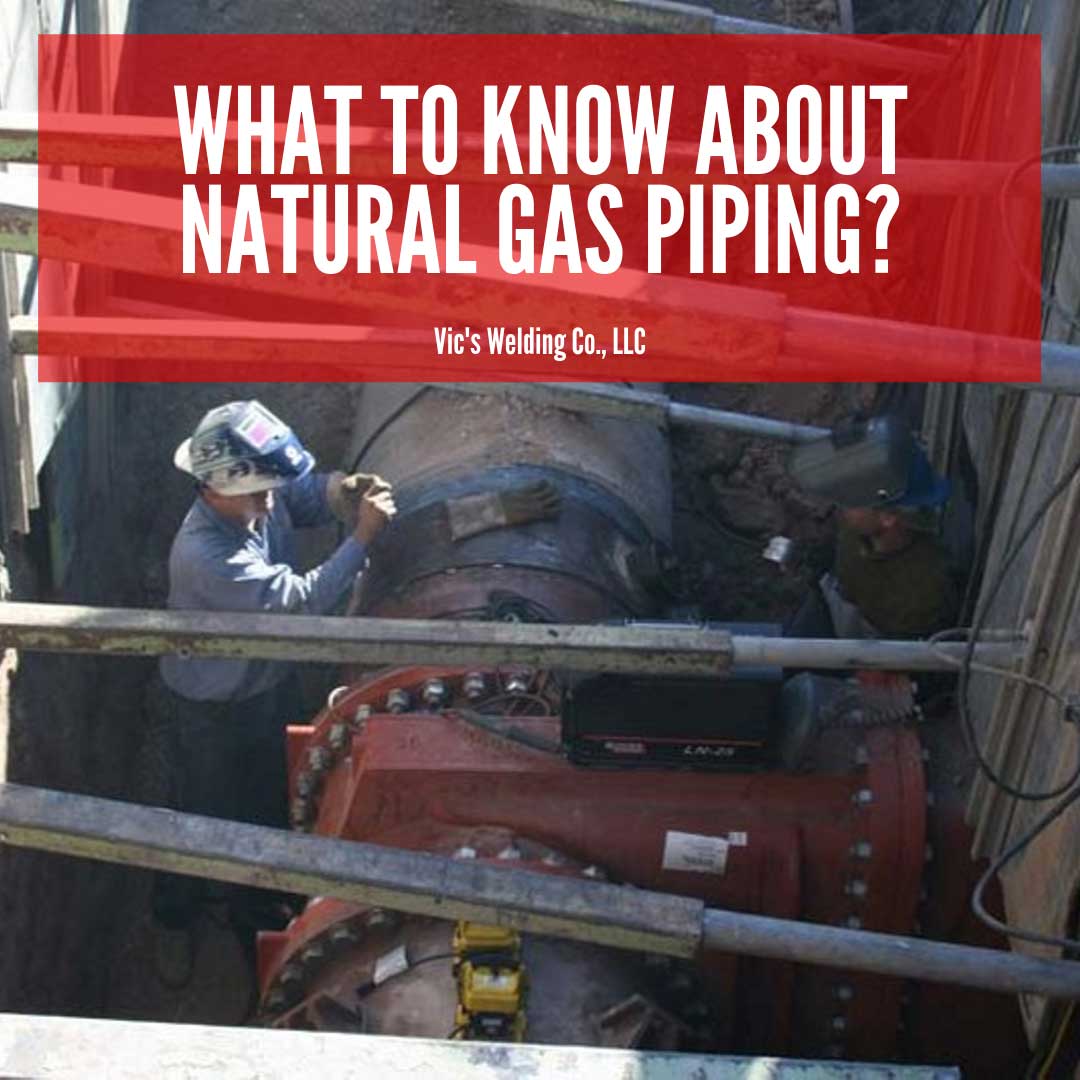Altogether, there are over 2.6 million miles of fuel pipelines in the United States. About 2.17 million miles of that 2.6 million miles of fuel pipelines are for Natural Gas Piping. According to the Pipeline Safety Trust, these lines get categorized into several types: transmission, distribution, gathering, or production.
All of these are constructed under unique specifications and regulations. The design specs of each section are for the type of conditions that the piping undergoes.
Constructing Natural Gas Pipelines
The construction period is the most critical time for the long-term integrity of a pipeline. Everything from materials to the welding process is crucial to the safety of natural gas piping. Most transmission, gathering, and distribution lines are constructed using steel.
The transmission and gathering lines range between 40 and 80 feet and are designed specifically for their position in the pipeline. Distribution lines were originally constructed out of cast iron, but they would become brittle as they aged, making them increasingly susceptible to fractures when frozen and thawed. They have since been fabricated from steel.
When welding sections of a pipeline together, any welder that works on a natural gas piping project must pass rigorous qualification testing. They must also receive approval for all weld procedures performed on the job site following federally adopted welding standards.
All qualifications take place before the start of the project. All project welders must complete several welds on the same type of pipe used in the project. These welds then go through evaluation by placing the welded section into a machine to measure the force required to pull the weld apart.
The Dangers of Natural Gas Piping
The design, operation, and safety of natural gas piping require a specialized level of expertise because of the hazards of an improperly designed gas line. Gas line explosions at fuel plants are usually preventable tragedies.
According to Power Magazine, weld slag and contamination that isn’t entirely removed can become a significant hazard. These hazards are the reason for the strict qualification testing and weld standards practiced today.
The six significant steps of gas pipe repair must be carefully considered to protect those involved. The steps to follow are planning/layout, isolation of the problem, making the repair, pressure testing it, performing a post-repair purge, and re-introduction and light-off of the gas. The last step is the most dangerous because if the post-repair cleaning must be done correctly to ensure safety and reliability.
Hire Certified Fabricators
With a company like Vic’s Welding Co., LLC, you can rest assured that professionals are doing your work, including natural gas piping. We are a licensed and insured welding and metal fabrication company that is “U” and “R” stamp shop certified through ASME/National Board.
Our company has been serving residential and commercial clients in the Valley since 1996.
We offer emergency and scheduled maintenance, fabrication, repairs, and modernization. Contact us today for more information on natural gas piping or to schedule an appointment with one of our AWS and ASME Certified welders at (623) 925-5695.

